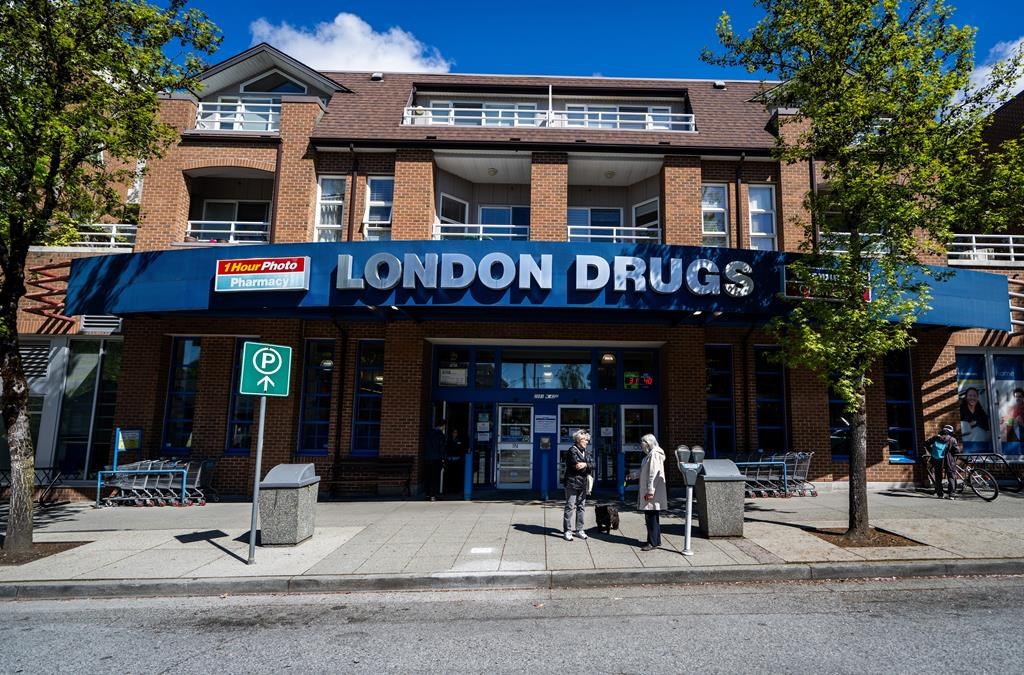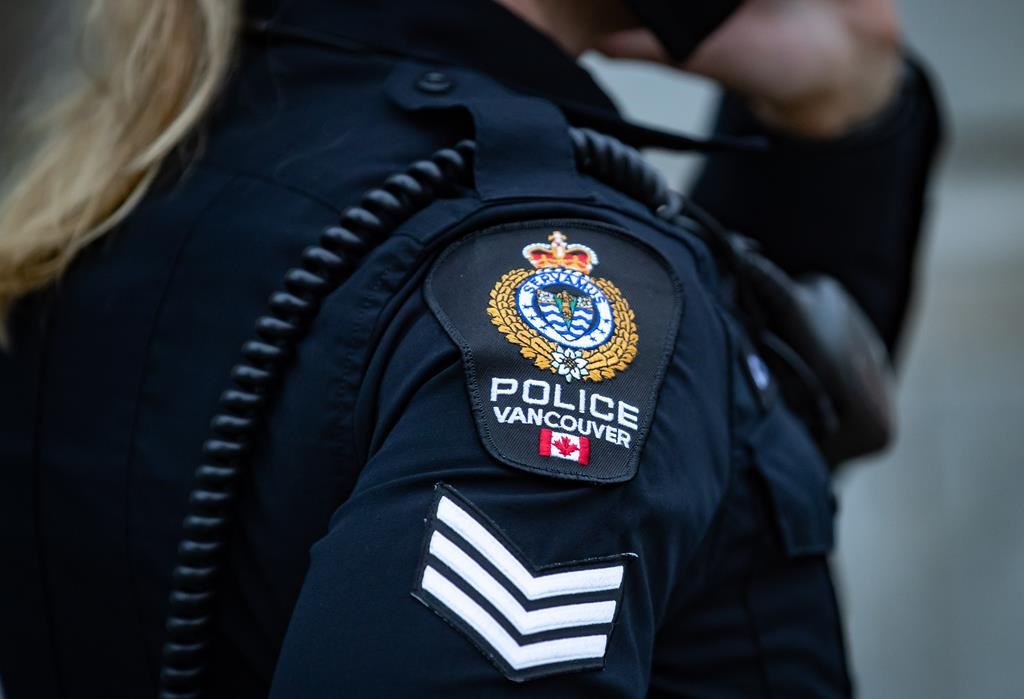More homes evacuated amid record flooding levels in BC Interior
Posted May 11, 2018 12:22 pm.
Last Updated May 12, 2018 8:01 am.
This article is more than 5 years old.
OSOYOOS (NEWS 1130) – More people are being forced to leave their homes because of flooding in BC’s Interior.
Thirty homes along Osoyoos Lake have been evacuated as the lake continues to overflow. The town is also under a state of emergency.
As of Friday morning, 23 communities were under a local state of emergency with 31 evacuation orders affecting 1,993 homes and 36 evacuation alerts warning people they may need to leave in the near future.
Nearly 2,800 people in Grand Forks have left their homes and parts of the city’s downtown has been washed out.
Two days of heavy rain pushed three rivers to levels that hadn’t been seen since floods 70 years ago, while smaller creeks had record-high flows.
Chris Marsh of the Regional District of Kootenay Boundary says the effects of the flooding in Grand Forks have been catastrophic, and it will take years and millions of dollars to recover from the damage.
The regional district says the main priority is getting people back into their homes, but only after infrastructure such as roads and bridges is assessed.
Higher-than-normal temperatures for the last three weeks caused snow melt and swollen rivers, and temperatures are forecast for the mid- to high 20s for parts of next week.
The melt is also causing concern in the lower parts of the Fraser River, where residents could be at risk as water levels rise. David Campbell, the head of the River Forecast Centre, says the 10-day outlook shows temperatures ensuring rapid snow melt.
“Water that’s in the system, it takes a number of days to work it’s way down from Prince George. So, that’s probably out for the next three days… then, this weather pattern that we’re seeing into next week — [there’s] a fair bit of confidence in it.”
Chris Duffy with Emergency Management BC says most people have been cooperating with orders to get out. “The safest course of action, obviously, is when there’s an evacuation order, to leave when it’s safe to do so.”
He adds more than 2 million sandbags have been distributed.
BC hasn’t seen flooding this bad in the southern interior since 1948.
Jessica Mace of the Kettle River watershed authority says volunteers have arrived to help locals deal with the water.
“People have driven over from Castlegar and Trail,” she said. “There’s people that have taken on major organizing roles and so we were able to connect them with houses and businesses that needed sandbagging done.”
In a statement, Premier John Horgan said keeping everyone safe is the priority
“Our first priority is to help affected communities and make sure everyone is safe. B.C. is already providing disaster financial assistance to affected people in the Cariboo and Thompson Nicola regions,” the statement reads. “We have activated regional response centres to make sure people have timely information about the latest conditions.”
Roly Russell, chair of the Kootenay Boundary Regional District, he says the river levels seem to have peaked but there’s no immediate relief in sight.
“The rivers are still very, very high. They’re still above the record highs that we saw 70 years ago. But they’re at least not getting higher at this point, which is great.”
Russell says the river levels appear to have peaked, but there are still major issues.
“We have a lot of people who were under order that are now stranded in their homes, which is a big challenge for us. That’s the main focus… to deal with those people that no longer can get out of their homes,” he explains.
City of Port Coquitlam staff are also keeping a close eye on the Fraser River now that a high streamflow advisory has been issued. They’re inspecting local dikes and pump stations, as well as developing contingency plans for flooding.
Dikes along that section of the river were raised back in 2007.










